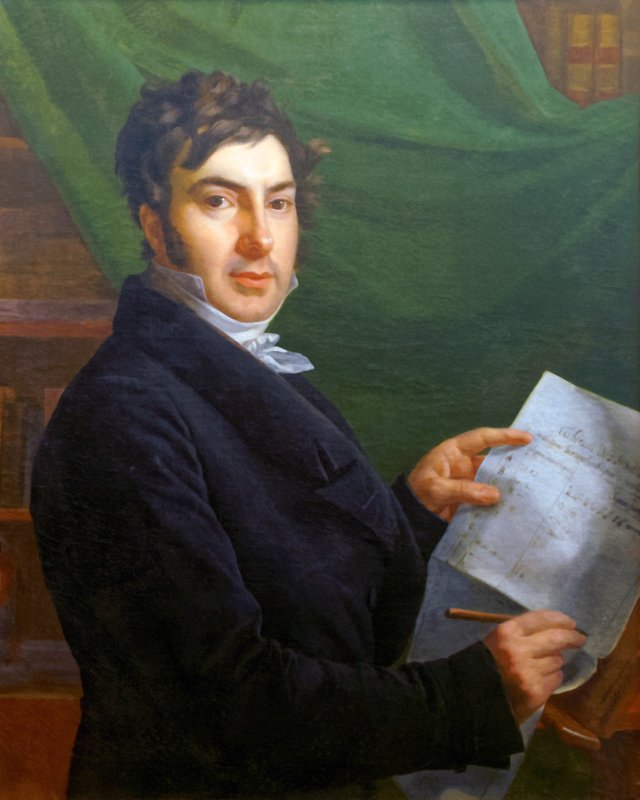
At the beginning of the 19th century, through the works of several European scholars, especially the works of Jean-François Champollion and Thomas Young, the writing system used in ancient Egypt was deciphered. In the fourth and fifth centuries AD, with the increasing use of Coptic letters, ancient Egyptian written forms, including hieroglyphs, hieroglyphs and democratic writings, were no longer understood. Later generations’ understanding of the earlier version of the script was based on the works of Greek and Roman writers, and their understanding was wrong. Therefore, it is generally believed that Egyptian writing is entirely ideographic writing, representing only thoughts rather than sounds, and even hieroglyphs are esoteric and mysterious writings, not a means of recording spoken language. Some deciphering attempts by Islamic and European scholars in the Middle Ages and early modern times all admitted that the script may have a phonetic component, but it was not until the end of the 18th century that people regarded hieroglyphs as pure ideograms and hindered their understanding.
The Rosetta Stone discovered in 1799 by members of Napoleon Bonaparte's campaign in Egypt contained writing, hieroglyphics and parallel Greek writing. It is hoped that the Egyptian text can be deciphered through its Greek translation, especially in combination with evidence from the Coptic language of the final stage of the Egyptian language. Although the progress of Antoine-Isaac Silvestre de Sacy and Johan DavidÅkerblad has stalled, it is still difficult to do so. On the basis of their works, Young observed that the demographic characteristics came from hieroglyphs, and identified several phonetic symbols in the demographic characteristics. He also determined the meaning of many hieroglyphs, including phonetic glyphs in the phonetic transcription of the name of the foreign Egyptian king Ptolemy V. But he was convinced that phonetic hieroglyphs were only used to write non-Egyptian scripts. In the early 1820s, Champollion compared Ptolemy's reliefs with others, and realized that hieroglyphs were a mixture of phonetic and ideographic elements. Initially, his claims were met with skepticism and accused him of having proposed ideas from Yang without giving any praise, but they were gradually accepted by people. Champollion continued to roughly recognize the meaning of most phonetic hieroglyphs, and established many ancient Egyptian grammars and vocabulary. At the same time, the use of the Rosetta stone in combination with other Greek characters and dark characters in his youth deciphered dark characters to a large extent.
After Young's death in 1829 and Champollion's death in 1831, the development of passwords came to a halt, but in 1837, Karl Richard Lepsius pointed out that many hieroglyphs represent a combination of two or three sounds, rather than one. , Thus correcting one of the most fundamental flaws in Champollion's works. Other scholars, such as Emmanuel de Rougé, also understood Egypt sufficiently well that in the 1850s, it was possible to completely translate ancient Egyptian characters. At about the same time, combined with the deciphering of cuneiform writing, their work opened up texts that were once inaccessible in the earliest stages of human history.